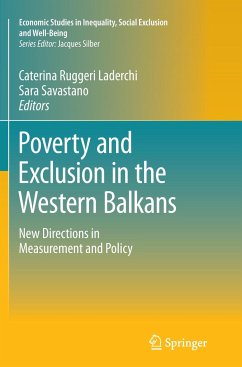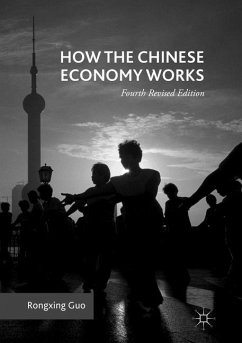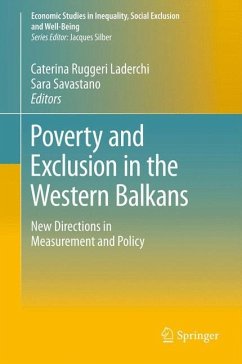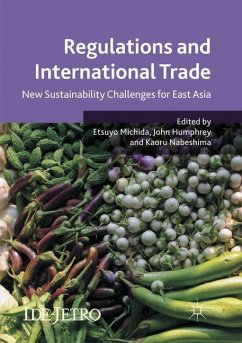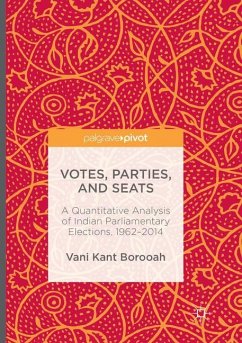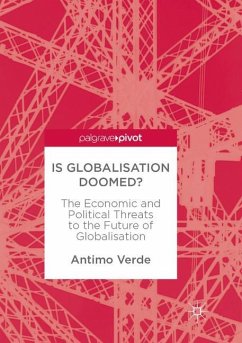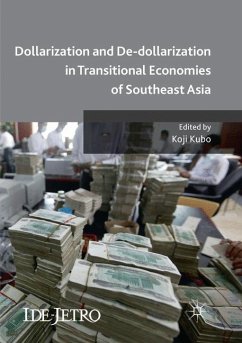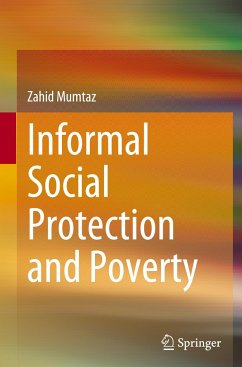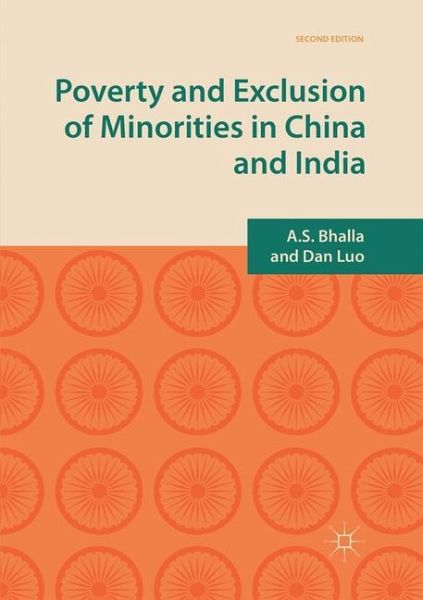
Poverty and Exclusion of Minorities in China and India
Versandkostenfrei!
Versandfertig in 6-10 Tagen
91,99 €
inkl. MwSt.

PAYBACK Punkte
46 °P sammeln!
This book, a second edition, includes new data from the 2010 Census of India and NSS reports on consumer expenditure (2011-12), health and education (2014) to examine poverty in China and India, and how it connects with minorities. Poverty has generally become less acute in both China and India, thanks to an impressively rapid growth especially between 2010 and 2015 when the rest of the world including the US and the EU slowed down following the economic recession of 2008. But the issues of income and non-income inequalities (especially malnutrition in India), marginalization and social exclus...
This book, a second edition, includes new data from the 2010 Census of India and NSS reports on consumer expenditure (2011-12), health and education (2014) to examine poverty in China and India, and how it connects with minorities. Poverty has generally become less acute in both China and India, thanks to an impressively rapid growth especially between 2010 and 2015 when the rest of the world including the US and the EU slowed down following the economic recession of 2008. But the issues of income and non-income inequalities (especially malnutrition in India), marginalization and social exclusion remain as acute as ever in both countries.
As well as the use of new primary material in every chapter, the book also critically examines new relevant studies and responds to global perspectives on minority issues. It canvasses a broad range of subjects from global terrorism and civil wars in Libya and Syria, to the Arab Spring and the emergence of Islamic fundamentalism and the Islamic State (ISIS).
As well as the use of new primary material in every chapter, the book also critically examines new relevant studies and responds to global perspectives on minority issues. It canvasses a broad range of subjects from global terrorism and civil wars in Libya and Syria, to the Arab Spring and the emergence of Islamic fundamentalism and the Islamic State (ISIS).



